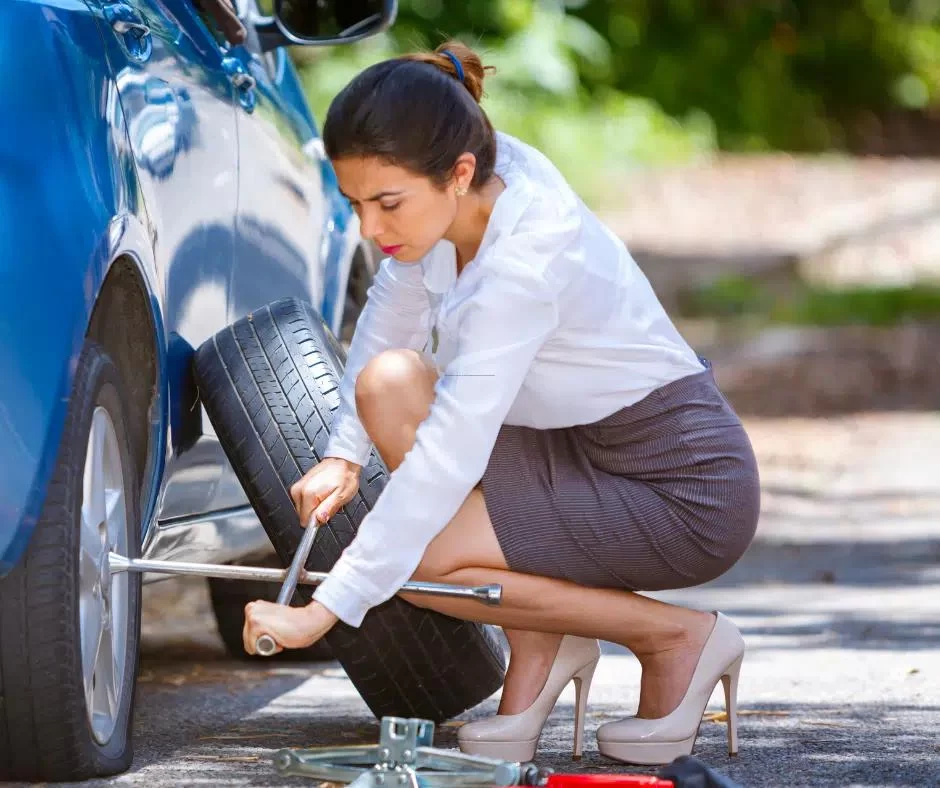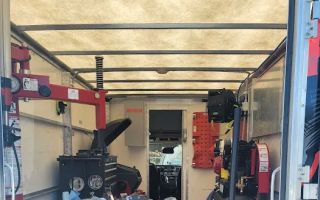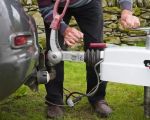- Immediate Safety Actions When Facing a Flat Tire on a Busy Highway
- Step-by-Step Guide to Handling a Flat Tire
- Important Considerations and Safety Measures
- Real-Life Examples of Flat Tire Incidents on Highways
- Professional Help and Roadside Assistance
Immediate Safety Actions When Facing a Flat Tire on a Busy Highway
Experiencing a flat tire on a busy highway is one of the most stressful situations any driver can face. The high-speed traffic, narrow shoulders, and unpredictable driving conditions all contribute to making this a dangerous event. Therefore, knowing how to handle a flat tire on a busy highway starts with immediate safety actions.
First, don’t panic. Take a deep breath and focus on controlling the vehicle safely. Avoid sudden braking or sharp steering that could cause loss of control. Gradually reduce your speed while signaling your intention to exit the traffic lane.
When possible, steer your vehicle towards the shoulder or emergency lane. It’s essential to get completely off the driving lanes to avoid collision risks. If the shoulder is too narrow or unsafe, carefully drive to the nearest exit or rest area.
Activating your hazard lights immediately is crucial. This alerts other drivers that your vehicle is disabled and helps prevent rear-end collisions. In low visibility conditions such as night or rain, using reflective warning triangles or flares further enhances your vehicle’s visibility.

MR. TIRE INC.
2078 New York Ave, Huntington Station, NY 11746, USA
Step-by-Step Guide to Handling a Flat Tire
Once you have safely stopped, handling the flat tire efficiently is key. Here’s a detailed breakdown of the steps involved:

MR. TIRE INC.
2078 New York Ave, Huntington Station, NY 11746, USA
1. Secure your vehicle
Ensure the parking brake is engaged and the vehicle is in “park” or in gear if you drive a manual transmission. This prevents the car from rolling unexpectedly during the tire change process.
2. Assess your surroundings
Before exiting the vehicle, check traffic conditions carefully. If the highway is heavily trafficked or visibility is poor, it may be safer to remain inside the car and call for professional help.
3. Prepare your equipment
Retrieve your spare tire, jack, lug wrench, and any reflective safety gear from your trunk. Wearing a reflective vest increases your visibility to passing drivers.
4. Remove the flat tire
Loosen the lug nuts slightly before jacking up the car. Then, raise the vehicle using the jack positioned at the manufacturer-recommended spot. Remove all lug nuts and carefully take off the flat tire.
5. Install the spare tire
Mount the spare tire onto the wheel studs, then hand-tighten the lug nuts. Lower the vehicle and tighten the lug nuts fully in a star pattern to ensure even pressure.
6. Final safety checks
Double-check that the lug nuts are secure, put away your tools, and cautiously merge back into traffic when it is safe to do so. Remember that many spare tires, especially “donuts,” are temporary and require you to drive cautiously and get a full replacement as soon as possible.
Important Considerations and Safety Measures
Changing a flat tire on a busy highway carries inherent risks, so additional precautions are essential.
Visibility and positioning
Always place warning triangles or flares at appropriate distances behind your vehicle—approximately 10, 50, and 100 feet—to alert approaching traffic. This is especially critical during nighttime or poor weather conditions.
Stay aware of traffic flow
Remain vigilant for vehicles passing at high speeds. Avoid standing directly behind or in front of your car and position yourself safely away from the roadway.
Evaluate your capability
If you’re uncomfortable changing the tire yourself or conditions are unsafe, calling a professional is the wisest choice. Attempting a repair without proper experience or in dangerous conditions can lead to accidents.
Emergency roadside kits
Keeping a well-stocked emergency kit with gloves, flashlight, first aid, and reflective gear can significantly improve your ability to handle flat tires safely.
Real-Life Examples of Flat Tire Incidents on Highways
Take the story of Mark, who experienced a sudden blowout on a busy interstate during rush hour. Despite the initial shock, Mark safely maneuvered his car to the shoulder, turned on hazard lights, and immediately called for assistance rather than attempting to change the tire himself amid heavy traffic. Rescue & Towing arrived promptly, ensuring a swift and safe resolution.
Another example is Jessica, who was driving at night on a rural highway when she noticed her tire losing pressure. Thanks to her preparedness with reflective triangles and a roadside kit, she was able to safely stop and warn other drivers. After a quick call to Rescue & Towing, professional help arrived within minutes, and she avoided potential danger.
These cases highlight the importance of preparedness, calm decision-making, and knowing when to seek professional help during a flat tire emergency on a busy highway.
Professional Help and Roadside Assistance
When unsure about handling a flat tire or if conditions are too dangerous, contacting professional roadside assistance is the safest option. Services like Rescue & Towing offer expert help, including tire changes, towing, and emergency repairs with a commitment to safety and reliability.
Choosing professional assistance not only reduces your risk but also saves time and stress, especially in high-risk environments like busy highways. Their trained technicians use specialized equipment to manage the situation quickly and safely.
Being prepared with the right knowledge and knowing trusted services such as Rescue & Towing ensures you can handle a flat tire on a busy highway confidently and securely.






























